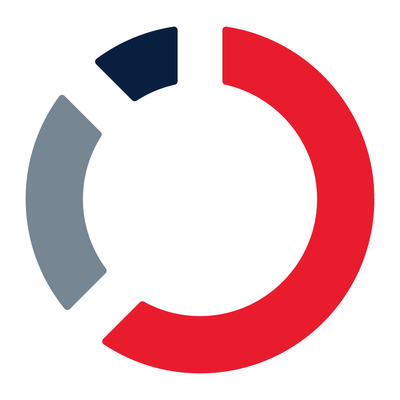Banking & Financial Services:<br>Adversity Brings Out The Best In Banks
Companies assess their strengths and update services, security, and strategy

The increased emphasis on security has forced some projects that are deemed less strategic, such as an internal employee portal and an account-aggregation initiative, to be put on hold. "That gives us the opportunity to invest in infrastructure initiatives so that when the market changes, and we can focus more on growing the business, we'll have the infrastructure in place to support that," Lupia says.
J.P. Morgan Chase & Co.'s IT group has had to deal with turmoil from internal as well as external threats. In the days following Sept. 11, J.P. Morgan quickly wired an entirely new trading floor in its midtown Manhattan offices and moved hundreds of employees out of the financial district (see "Bounce Back: J.P. Morgan," Oct. 22, 2001). The bank pulled this off without any service outages to customers, except for the industrywide stock market closing that lasted until Sept. 17.
J.P. Morgan Chase chose the best of breed of all applications, Ketchum says. |
Even before the attacks, the company was in the thick of post-merger integration, following J.P. Morgan's $36 billion merger with Chase Manhattan Bank finalized in late December 2000. IT teams in 50 countries were building an integrated technology and operations platform to support 145 critical application suites and 2,000 applications across 90 data and processing centers, 3,200 servers, and 90,000 desktops. The most difficult element was project management -- making sure the integration of one application wouldn't disrupt the operations of any others. In addition, the IT group wanted to make the systems better, rather than just connect them. "We started out with a fundamental principle that this was our merger, not our clients," says Thomas Ketchum, vice chairman with responsibility for technology. "We wanted to minimize any disruption to client relationships and get out of the merger the best of both companies. In technology terms, that meant making sure we chose the best of breed of all applications so that one plus one was better than two."
The integration steering committee for technology and operations has identified about $1 billion in savings by eliminating redundant processes and less-efficient technologies, a significant portion of the total merger savings goal of $3.5 billion. The goal is to "wage a war on complexity so we can deliver one firm to our clients," Ketchum says.
J.P. Morgan isn't alone in addressing integration and cost-cutting issues. Many financial-services companies have been grappling with how to provide consistent customer service across all units and at the same time bring down expenses, increase productivity, and boost revenue.
The goal of reducing complexity for customers is a common theme for banks as they grow in size and try to offer more services. One major cost-cutting initiative at PNC in the last year has been Project Genesis, an employee-facing customer-service and sales-management system for PNC's retail bank. The company made its distribution channels -- branch banks, ATMs, and telephone centers -- accessible via the Web so every customer-contact point feeds data into the appropriate customer-relationship management system and data warehouse. The result is a single "customer folder" that's accessible to service representatives on the desktop, so an agent will know instantly all of a customer's interactions with the bank. "We've been building a wealth of knowledge on our customers and that information is being used to drive sales opportunities and to understand what our customers want," Lupia says.
At State Street Corp., which serves institutional investors and is among the largest foreign-exchange traders, the focus during the past year has been on building Global Link, a network on which more than 400 asset-management clients can do research and build portfolio strategies. It includes foreign-exchange trading capability, and the company is expanding the project to include assets such as money-market accounts and equities, says Joseph Antonellis, State Street's executive VP and CIO. "We have a unique ability to provide more macro research information that expert traders are interested in viewing, and that's the draw for them to use it," he says. "Global Link is the platform that will carry us into the investment manager shop."
Antonellis' team will work on that project through this year and into next year. Making Global Link the single stop for trades and exchanges is key in the company's strategy to enrich relationships with existing clients and grow investment research and trading services. In general, State Street's strategies are closely mapped to IT initiatives, something Antonellis guarantees through monthly meetings with the company's chief operating officer and vice chairman. "Out of that process, we identify the direction of IT spending," he says.
Financial-services institutions have proven they can stand up against adversity. The pressures will continue this year, with IT playing a vital role to protect the security of their own and the world's financial infrastructure.
About the Author
You May Also Like






